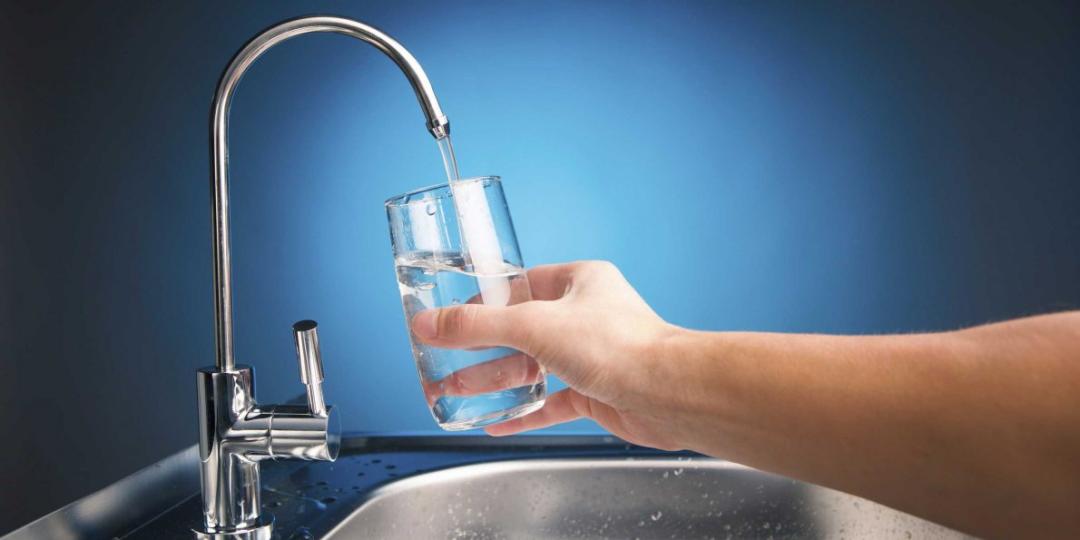The water situation in Cape Town has caused concern among tourism businesses and inbound travellers over the past year, with water restrictions placing pressure on the destination as travellers responded to fears of water shortages should they travel to Cape Town.
The city experienced some relief as locals and businesses rallied to put water-saving measures in place, and rainfall filled dam levels to some degree. Tourism Update offers the latest update on the water crisis.
In a news release from the South African Government News Agency, published on January 30, the Department of Water and Sanitation said dam levels across the country continued to drop, with the Western Cape being “on the receiving end of the stick”.
Provincial levels are half full at 47.9%, with the water level in Theewaterskloof Dam, one of the main arteries to the City of Cape Town, having decreased from 47.4% to 46.3%; and Clanwilliam Dam decreasing from 57.6% to 54%. The Department added that the City would have to rely on Voelsvlei for water, after the dam recorded 75.4%.
A recent heatwave has caused dam levels to drop at a higher rate than expected.
On February 1, the Cape Town government reported the major dam levels as follows:
- Berg River: 82.2% full, down from 83.5% the previous week (capacity: 130 010 mega-litres)
- Steenbras Lower: 58.1% full, down from 59.6% the previous week (capacity: 33 517 mega-litres)
- Steenbras Upper: 70.3% full, down from 70.4% the previous week (capacity: 31 767 mega-litres)
- Theewaterskloof: 46.1% full, down from 46.7% the previous week (capacity: 480 188 mega-litres)
- Voelvlei: 74.6% full, down from 77.2% the previous week (capacity: 164 095 mega-litres)
- Wemmershoek: 69.8% full, down from 70.9% the previous week (capacity: 58 644 mega-litres)
Cape Town is currently at Level 3 restrictions, which have been active from December 1, 2018. This limits all people in Cape Town to use no more than 105 litres of water per person per day. The City of Cape Town has offered a number of water-saving tips, with many applicable to both residents and tourists to the City.
Last year, Cape Town received two multimillion-rand desalination plants, which were built to assist with clean-water production. Two of the plants have stopped working, due to a “naturally-occurring algal bloom in False Bay, which led to the Strandfontein and Monwabisi temporary desalination plants being unable to produce water without being damaged by the high number of algal cells,” reported Cape Town Etc.
The two plants were expected to deliver seven million litres of water a day.
Desalination is removing salt and other minerals to create fresh, drinkable water. Desalination is used where fresh water supplies are short but seawater is plentiful, to supply a community with potable water for households, manufacturing or agriculture.
Although water levels are still under pressure, Cape Town Tourism has assured visitors that the City remains an excellent travel destination. It has offered visitors eight tips on how to ‘save like a local’:
- Re-use towels and bedding instead of asking for daily changes.
- Try to flush the toilet less – each flush uses between six and 14 litres, depending on the kind of toilet.
- When brushing teeth, use a cup to rinse your mouth instead of letting the taps run.
- Limit showers to under two minutes, and avoid bathing.
- Report leaking taps and toilets as soon as you notice them.
- Avoid washing clothes until you have a full load of laundry, or make use of water-wise laundry services such as Green Planet Laundry.
- If possible, use a dishwasher to clean dishes. Just make sure you only run it when it is full.
- This daily water-use calculator can assist in monitoring water usage.























